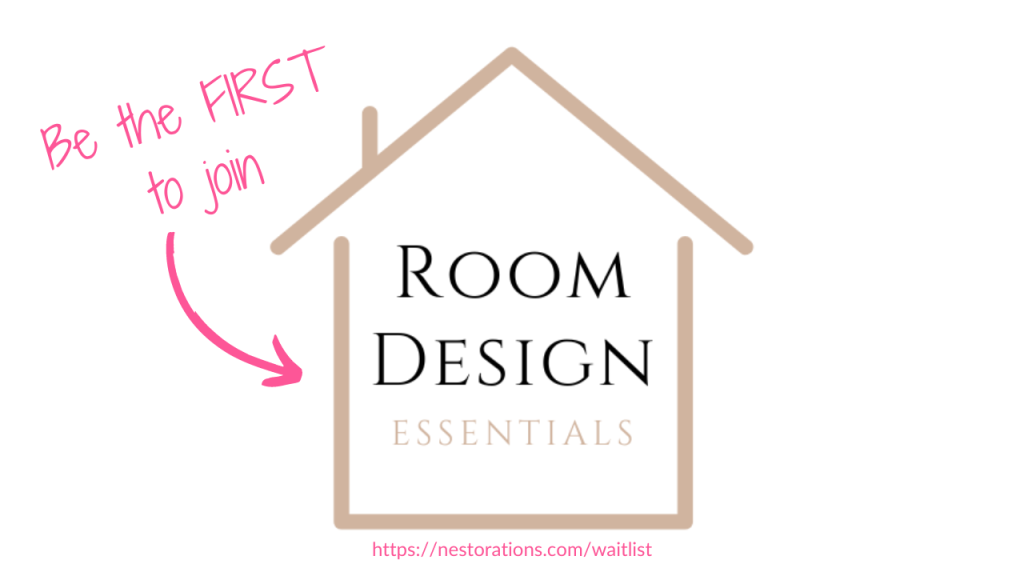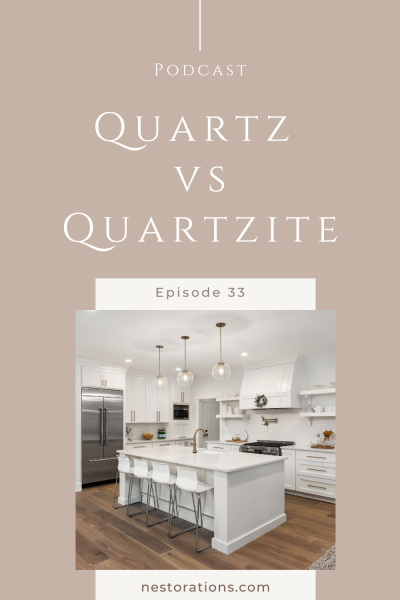
When choosing countertops you have lots to choose from. But the ones I get asked about the most are quartz and quartzite. And even though there’s some confusion between them and they’re often mistaken for each other, they’re totally different materials with pros and cons of each one.
So listen in, or read on, to help you choose the right countertop for your home or rental property.
Listen to the Home and Nestorations Podcast
Quartz
Quartz is a very popular countertop that can really elevate your kitchen or bathroom. Quartz is a manmade material, meaning it’s engineered, or in the most blunt term-fake. But, fake doesn’t mean it’s a bad thing. Far from it.
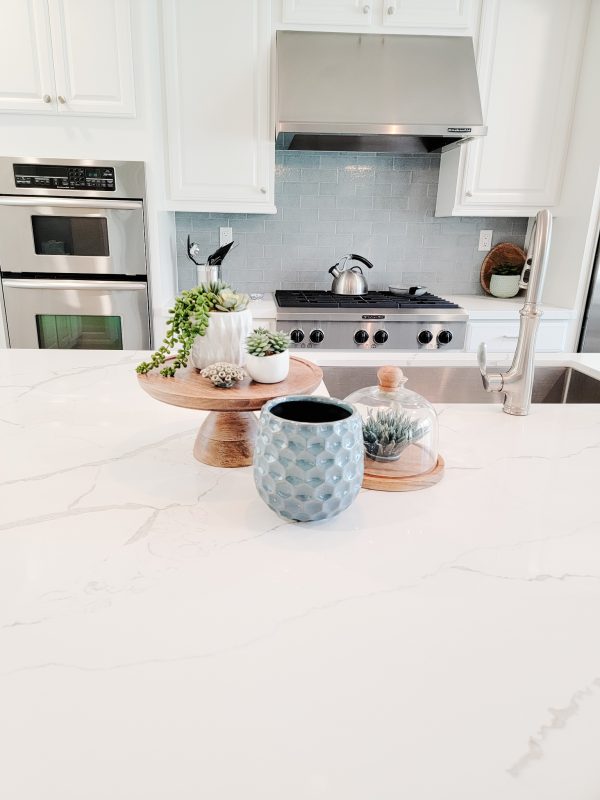
Quartz is made by mixing ground up quartz crystals, resins, and pigments. The quartz crystals are ground up resulting in sizes like pebbles all the way down to sand. Resins are then mixed in to bond the quartz crystals and add strength. Then, the mixture is poured into a mold and shaped forming the slabs you see in stores and slab yards.
Pros of Quartz
Quartz has several qualities that make it a good choice for your home or rental property.
- There are beautiful designs in a wide variety of patterns.
- Since it’s man-made the colors and patterns are consistent and there is a uniform appearance. You know exactly what the whole slab looks like since each slab looks the same.
- Quartz is very hard and durable so it won’t likely chip or dent.
- It’s non-porous so it’s resistant to staining
- It’s low maintenance and doesn’t need sealing or resealing.
- There is an unlimited supply since it’s man-made. It can be easily reproduced.
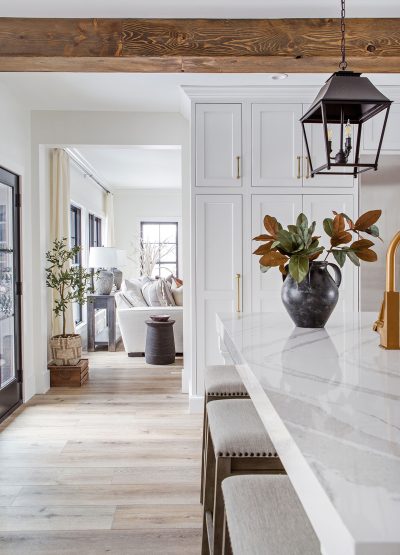
Cons of Quartz
No product is perfect, including quartz. While it has some amazing qualities there are some qualities that aren’t ideal and might be a deal breaker for you.
- The biggest con of quartz is that it isn’t heat resistant. The plastic resins can melt if exposed to higher heat. You’ll be fine placing a bowl of soup or a cup of tea on your quartz countertop, but a hot cookie sheet from the oven or a hot lasagna tray can melt or burn the resins that bond quartz. I’d even be careful and put a trivet or cutting board under a hot crock pot just to be safe.
- It can look fake (well…since it is). Some manufacturers are better than others but some veining looks like it’s trying to hard and it cheapens the look.
- It can fade or turn yellow in the sun. Quartz is for indoor use only.
- Seams can be more visible. So, if you can’t use one solid piece for your island, you may not want to see the seams in quartz.
- It’s an expensive material considering it’s engineered.
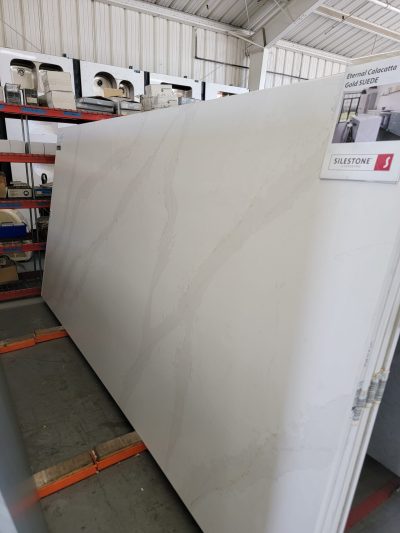
Quartzite
Quartzite is a natural stone that is mined from the earth. It is most commonly found in Brazil, as well as the United States, Italy, and other countries.
Popular quartzite options are Taj Mahal, Perla Venata, as well as many others. There are really SO many choices with quartzite in a huge range of colors. You can get quartzite polished (shiny) or leathered (matte finish).
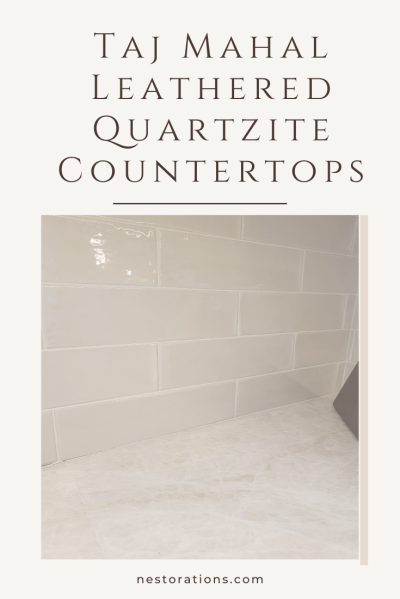
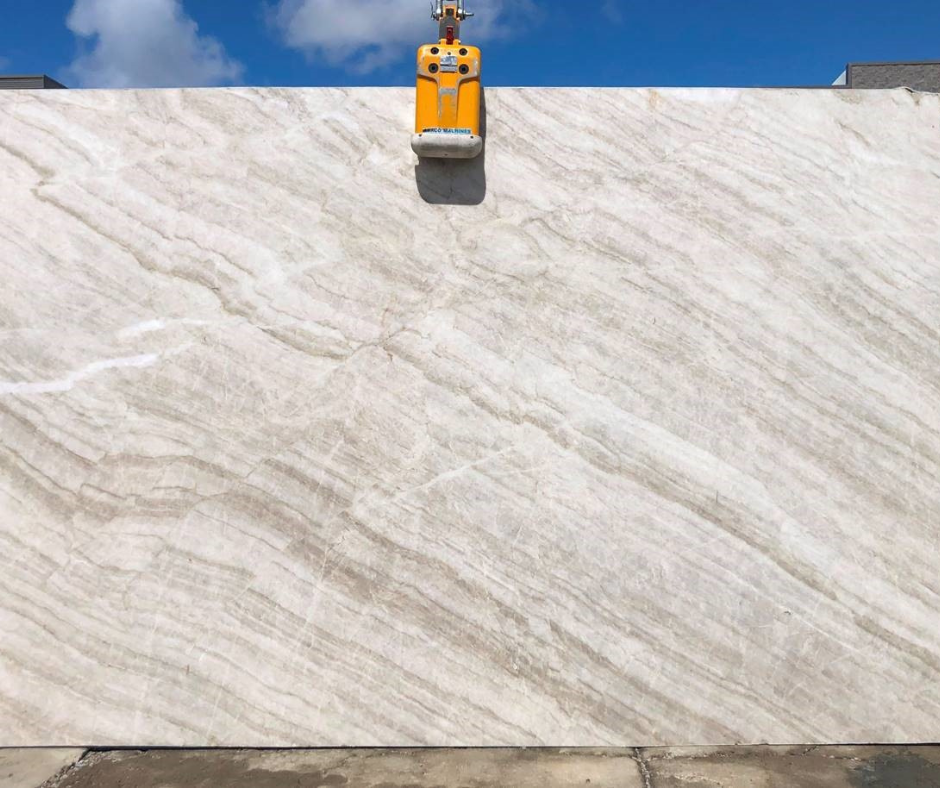
Pros of Quartzite
Quartzite is also a beautiful and popular choice for your home. Some of the pros of quartzite are:
- It’s a real natural stone mined from the earth which gives it a real, and organic look.
- Since each stone is unique you have a truly custom, one of a kind look in your home.
- You have lots of choices in patterns, styles, and colors.
- It’s heat resistant since it was mined from the earth and formed with heat and pressure.
- It’s UV safe and can be used indoors or outside.
- It looks like marble but at a much lower price point.
- It’s a very hard material so it’s very durable.
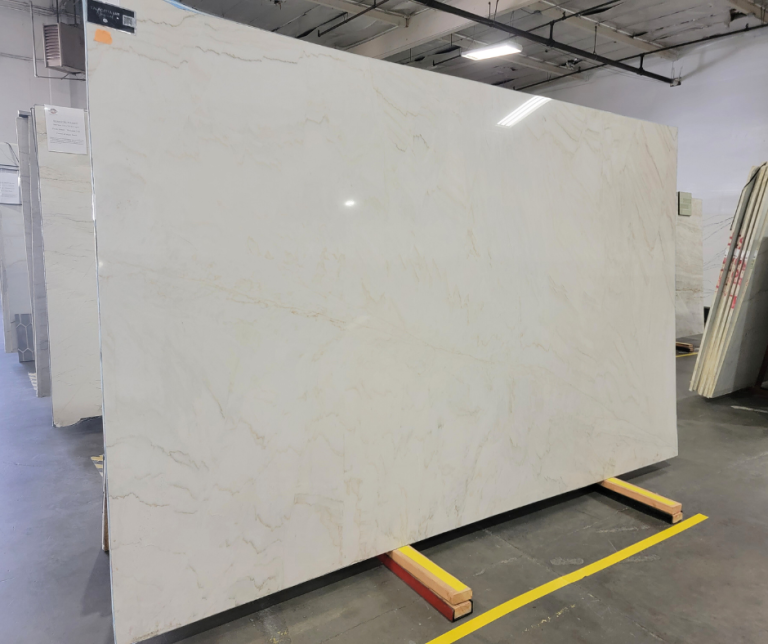
Cons of Quartzite
Just like quartz, Quartzite isn’t without it’s faults. Some of the cons of quartzite are:
- Quartzite is porous and needs to be sealed and resealed periodically. I’ve been told to seal it anywhere between annually to every few years.
- Since it’s a natural material you won’t get the consistent color or pattern like quartz. Each slab varies and is unique.
- Since each batch is mined at one time, it’s not like you can just go to the store and get a replacement if you want another piece that is cut from the exact same part of the quarry.
- Be careful with edges as it can chip.
- It’s more expensive than quartz, but much less expensive than marble.
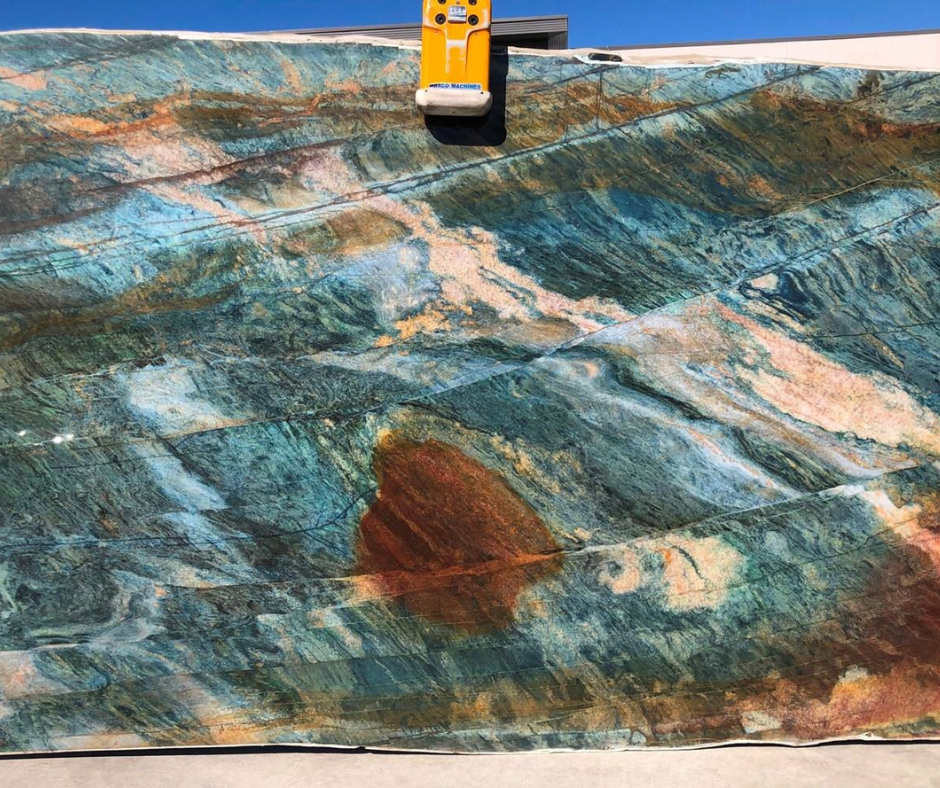
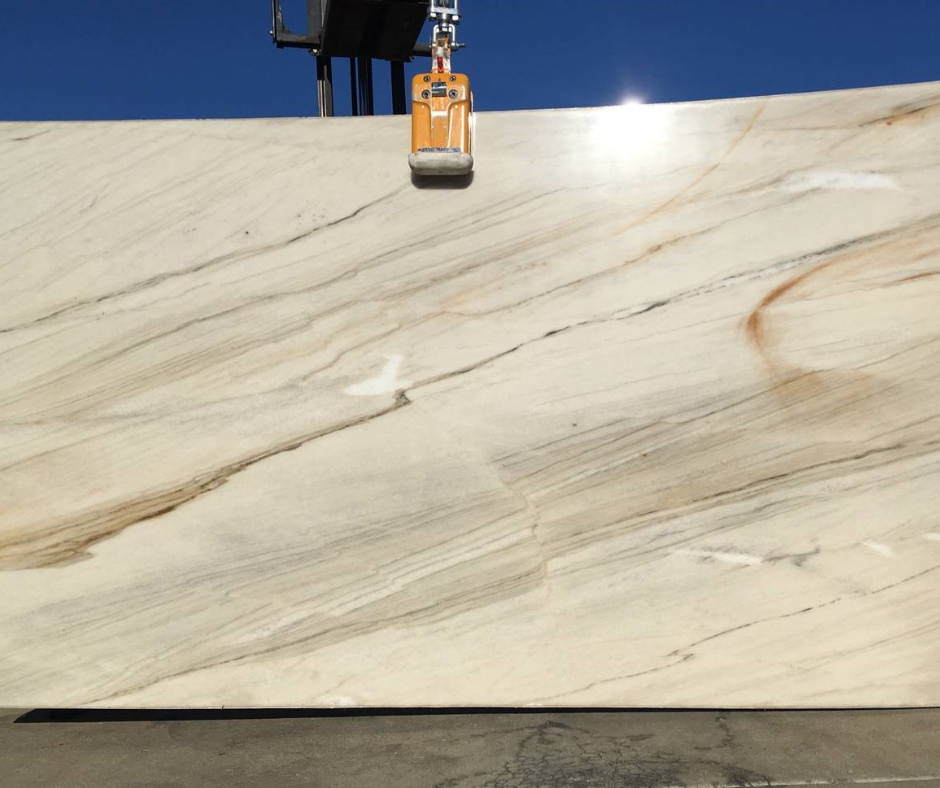
Final Thoughts...
Both quartz and quartzite are excellent choices for your countertops.
If this is for your own personal home, both options are solid and you can’t go wrong with either one. It’s really about your personal preference and how you use your kitchen. If you like to put hot pans on your countertops, quartz is not for you. But, if you want no maintenance, quartz is likely a better choice.
If you’re picking out countertops for your investment property or AirBnB, I would not go with quartzite since it costs more and needs resealing. Quartz or granite are better options for your investment property.
If you want a subtle neutral look you can go with either quartz or quartzite. If you want a dramatic statement go with a unique quartzite.
I’d love to hear what countertops you’re putting in your home. Leave a comment and let me know:)
Learn how to design a room from start to finish with Room Design Essentials
Save money and learn to design and decorate your home or rental property with confidence. Get on the waitlist for Room Design Essentials today.
Connect with me:


